

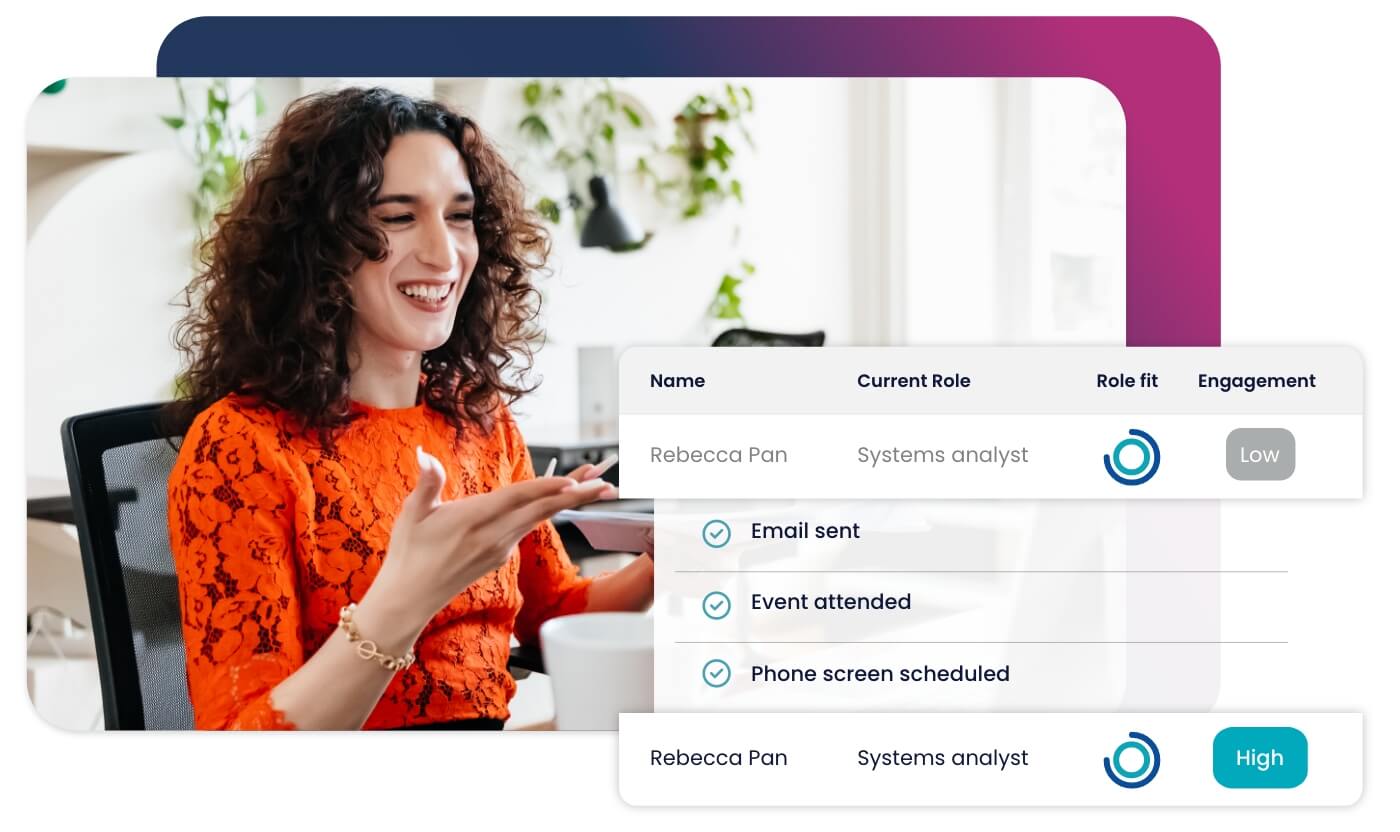
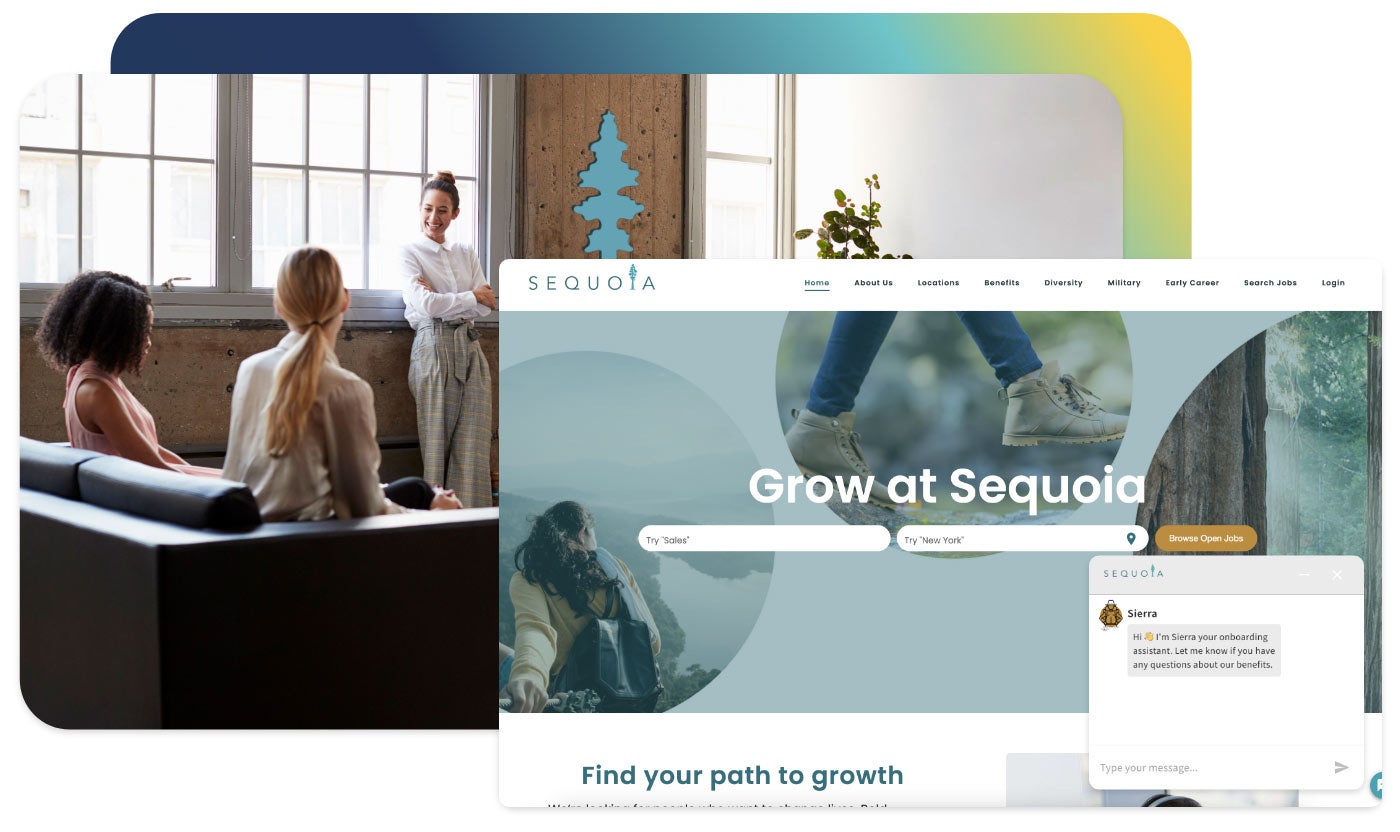


Accelerate hiring key talent to deliver care and exceed patient satisfaction.

Attract skilled candidates, speed up hiring and grow expertise in your workforce.

Simplify recruiting finance and banking talent with a platform for hard-to-fill roles.


Build a talent pipeline that engages and drives your business forward.


See how diverse and global enterprises use iCIMS to employ millions, drive innovation and connect communities worldwide.

Uncover unique market insights, explore best practices and gain access to talent experts across our library of content.


View press releases, media coverage, the latest hiring data and see what analysts are saying about iCIMS.


Streamline your tech stack and take advantage of a better user experience and stronger data governance with ADP and iCIMS.
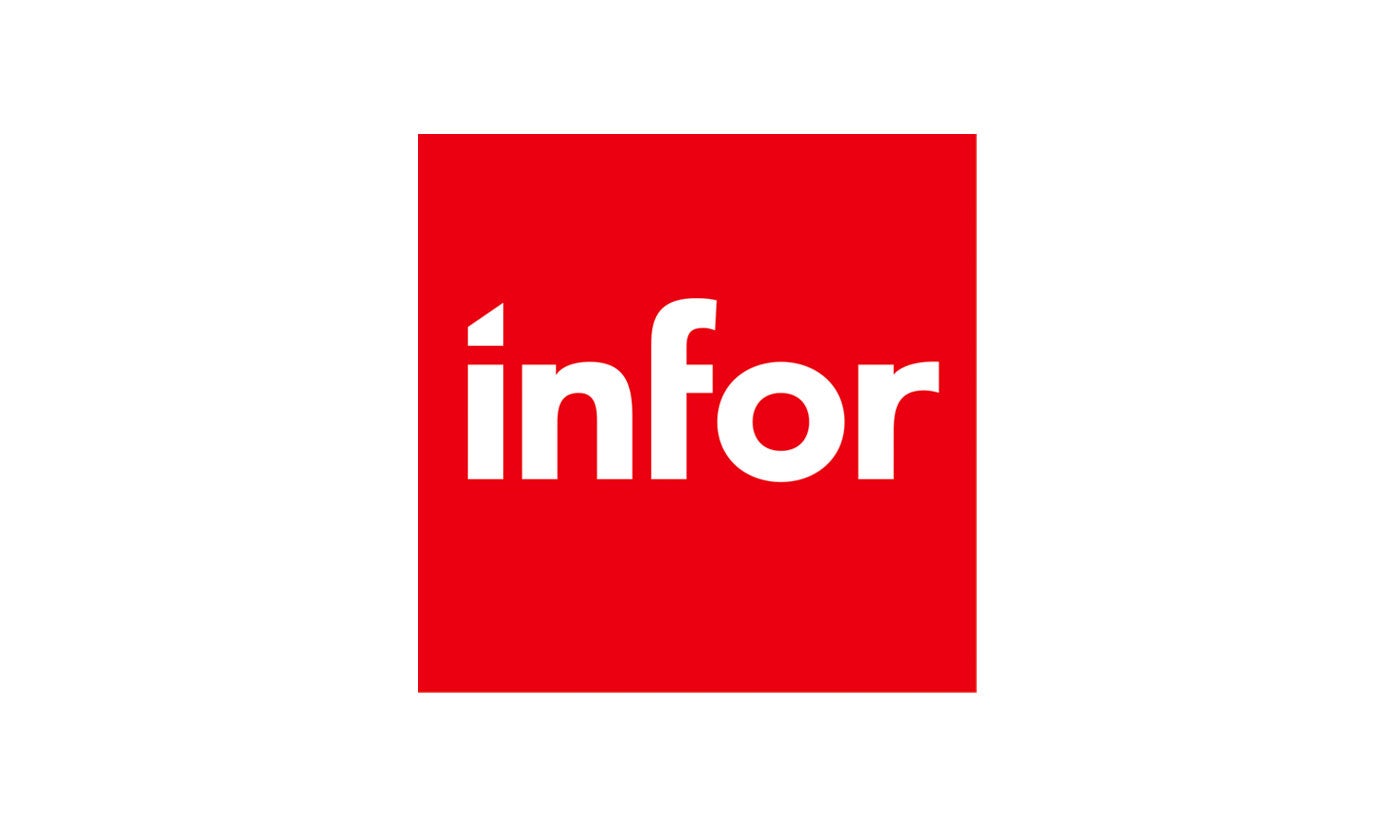
The combined power of iCIMS and Infor helps organizations strategically align their business and talent objectives.
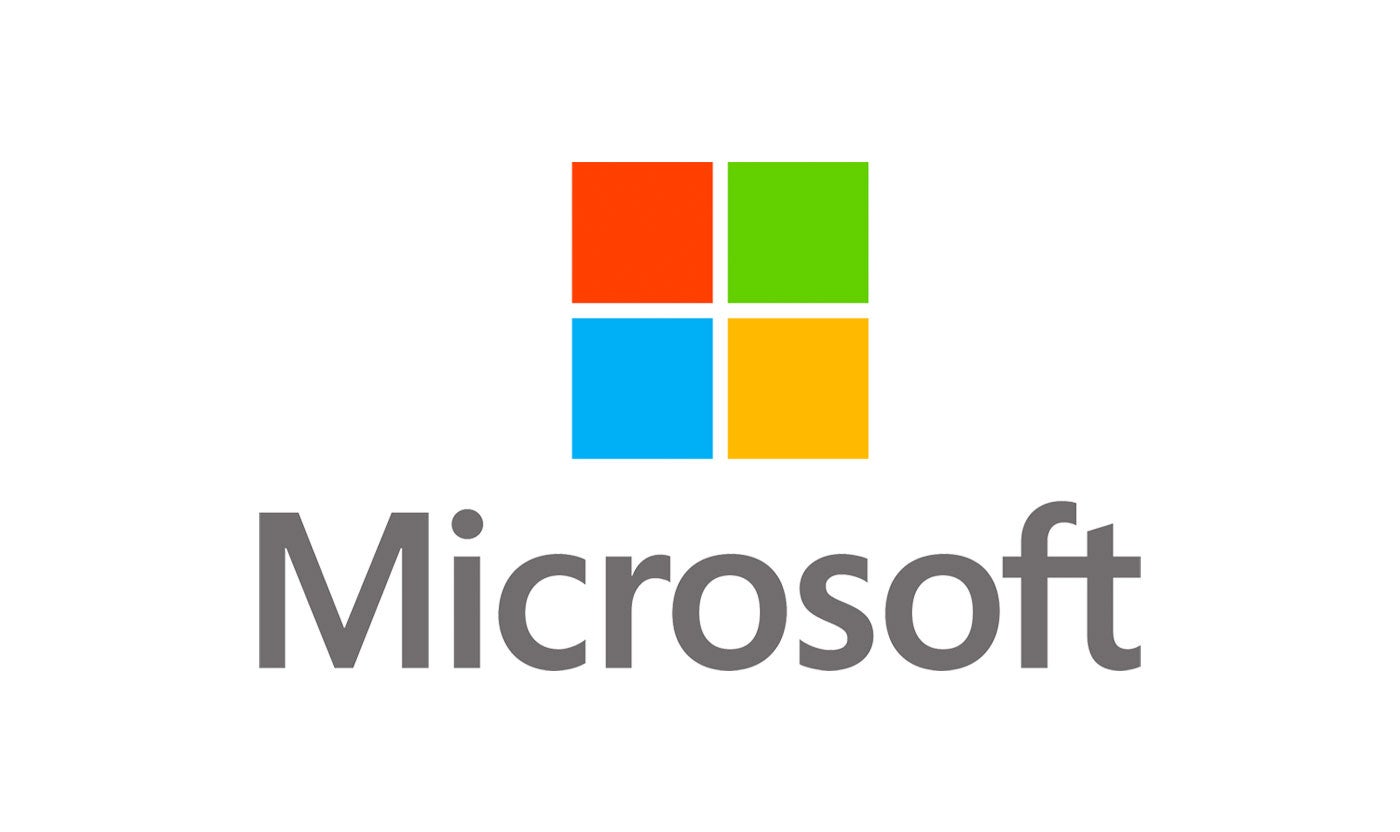
Our award-winning partnership with Microsoft is grounded in a shared desire to transform the workplace and the hiring team experience.
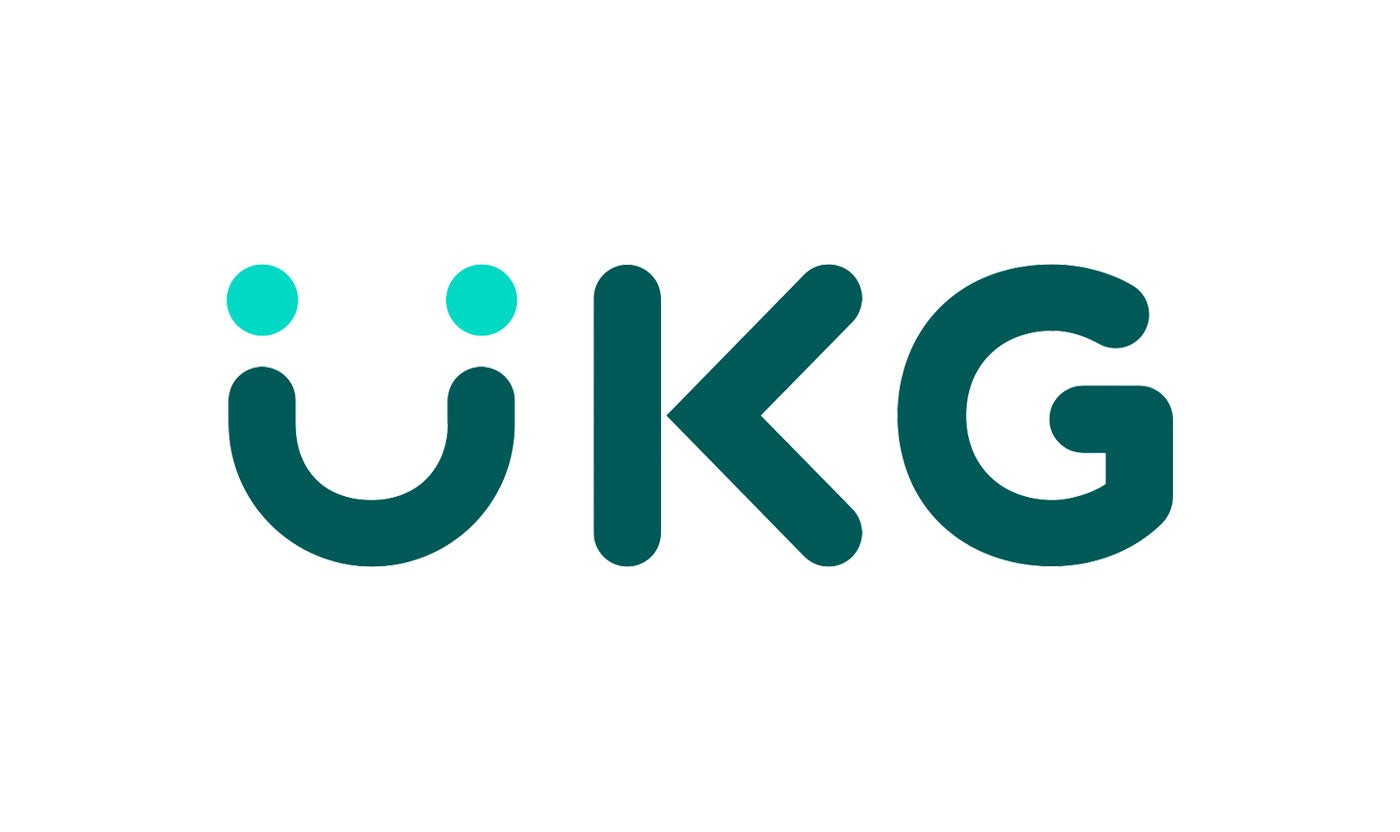
Our partnership with Ultimate Kronos Group (UKG) supports the entire talent lifecycle by bringing frictionless recruiting solutions to UKG Pro Onboarding.

Key Points:
For every successful candidate, you hire to fill a position, at least a few candidates won’t make the cut. It’s a good idea to follow up with them to let them know they’re no longer considered for the position. Otherwise, these candidates may feel like they’re left in limbo and may develop a poor opinion of your organization over time. In fact, 56% of applicants who are screened out never receive a rejection email or letter.
Responding to unsuccessful job applicants via email, whether it’s a rejection to a resume submission or follow-up after an interview, is a significant part of the candidate relationship management process. Following up with a rejection email serves several purposes for you and your organization:
So, what does a positive rejection letter to an unsuccessful candidate look like? Below, we dive into the importance of rejection letters at each stage, as well as a few tips and customizable recruitment email templates to help you provide a better candidate experience, protect your brand image, and grow your talent pipeline.
While any rejection letter carries an air of negativity, sending one to an applicant is a decent gesture. It lets them know not to get their hopes up for the role and keep going with their job search. Otherwise, they may continue to hold out hope for an interview that will never come – hope that may eventually turn to resentment towards your brand.
However, you have a chance to earn goodwill towards your organization when you let candidates know that you’ll keep them in mind for other roles that may be a better fit for them. According to a Workplace Trends study, 80% of job seekers say they wouldn’t consider future relevant job openings at a company that didn’t follow up about their application – yet they would be three and a half times more likely to re-apply to a company if they were notified of the rejection.
Beyond that, sending a rejection letter that reads like it was written by a real person, rather than just a form letter, can help soften the blow and let the candidate know you value the time they spent researching and applying to your organization.
Hello [Candidate Name],
Thank you for expressing interest in [Company] and the [Job Title] position you applied for. While we were impressed with your qualifications, unfortunately, we’ve decided to move forward with other applicants whose skills and experience better meet our needs at this time.
We sincerely appreciate your interest in [Company] and hope that you’ll stay in touch. Please don’t hesitate to reach out if we have another open role that interests you.
To stay up to date on current job openings and ensure you’re included in our search for future great candidates, we encourage you to join our talent community and connect with us here: <Link to Talent
Pipeline Nurture Page>.
Best wishes,
<Sender Name>
Here are some tips for writing a rejection email following a resume submission or application:
A rejection after an interview requires a delicate touch. Remember, the candidate took time to meet with you and spent time researching your organization. A connection was developed on some level, so a personalized rejection letter is a must when you decide to move on from a candidate.
All the same reasons for sending an application rejection email also apply here, but an interview rejection can also serve a few additional purposes. First, it allows you to give the candidate feedback on their interview; this is a critical component of the interview process that many candidates crave. They’re most likely applying for many jobs simultaneously and want as much feedback as they can get to make themselves desirable candidates. At the same time, you can continue your relationship with “silver medalist” candidates – those candidates that were very strong but were either missing a couple of key requirements or would be better suited to a different position. Instead of a “goodbye,” the rejection letter becomes a tool to keep the conversation going.
Hello [Candidate Name],
Thank you for taking the time to speak to me regarding our [Job Title] position. While I was impressed with your qualifications and experience, especially [information you learned in the interview], we’ve unfortunately decided to move forward with other applicants whose skills and experience better meet our needs at this time.
We sincerely appreciate your interest in [Company] and hope that you’ll stay in touch. Please don’t hesitate to reach out if we have another open role that interests you.
To stay up to date on current job openings and ensure you’re included in our search for future great candidates, we encourage you to join our talent community and connect with us here: <Link to Talent Pipeline Nurture Page>.
Regards,
[Sender Name]
Who or how a candidate interviews doesn’t matter; treat rejections from phone interviews, in-person interviews, and live or pre-recorded video interviews with the same level of care. Here are some tips for writing a rejection email following a phone screen or other interview:
iCIMS Candidate Relationship Management software gives recruiters the tools to regularly communicate through email campaigns with prospective candidates and silver-medalist candidates who weren’t right for a specific role. Recruiters can then use reporting technology to track how they apply to jobs or register for networking events. You can also track important email metrics like open- and click-through rates to help improve the impact of future recruitment campaigns.
Ready to learn more about engaging silver medalist candidates and building diverse talent pools that help you source faster? Check out The definitive guide to building your talent pools.
Reviewed for accuracy on March 26, 2021, by Alex Oliver.





